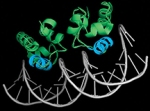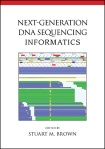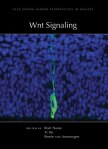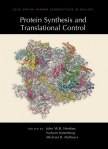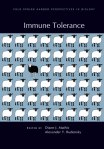 The campus here at CSHL was abuzz last week with the 78th annual Cold Spring Harbor Symposium, where scientists from around the world assembled to discuss immunity and tolerance – also the topic of our new book Immune Tolerance.
The campus here at CSHL was abuzz last week with the 78th annual Cold Spring Harbor Symposium, where scientists from around the world assembled to discuss immunity and tolerance – also the topic of our new book Immune Tolerance.
“Immunological tolerance is a phenomenon that has fascinated immunologists for decades,” explained Diane Mathis in an interview at the meeting last week. “The immune system was set up to fight a whole diversity of different kinds of challenges. But sometimes [immune cells] are able to see a component of the body itself. There must be ways to deal with this issue . . . so they can’t attack the body’s own cells.”
In the book, which Diane coedited with Alexander Rudensky, the contributors discuss our current understanding of the mechanisms involved in establishing and maintaining immune tolerance, ensuring that the immune system responds to foreign molecules and not to self-molecules. The contributors also describe factors that underlie the breakdown of tolerance, leading to autoimmune diseases such as rheumatoid arthritis, lupus, and multiple sclerosis, and strategies to restore tolerance in clinical settings. The book will be a valuable reference for all immunologists and clinicians wishing to understand or develop treatments for autoimmune diseases.
For more information on the book, click here.

